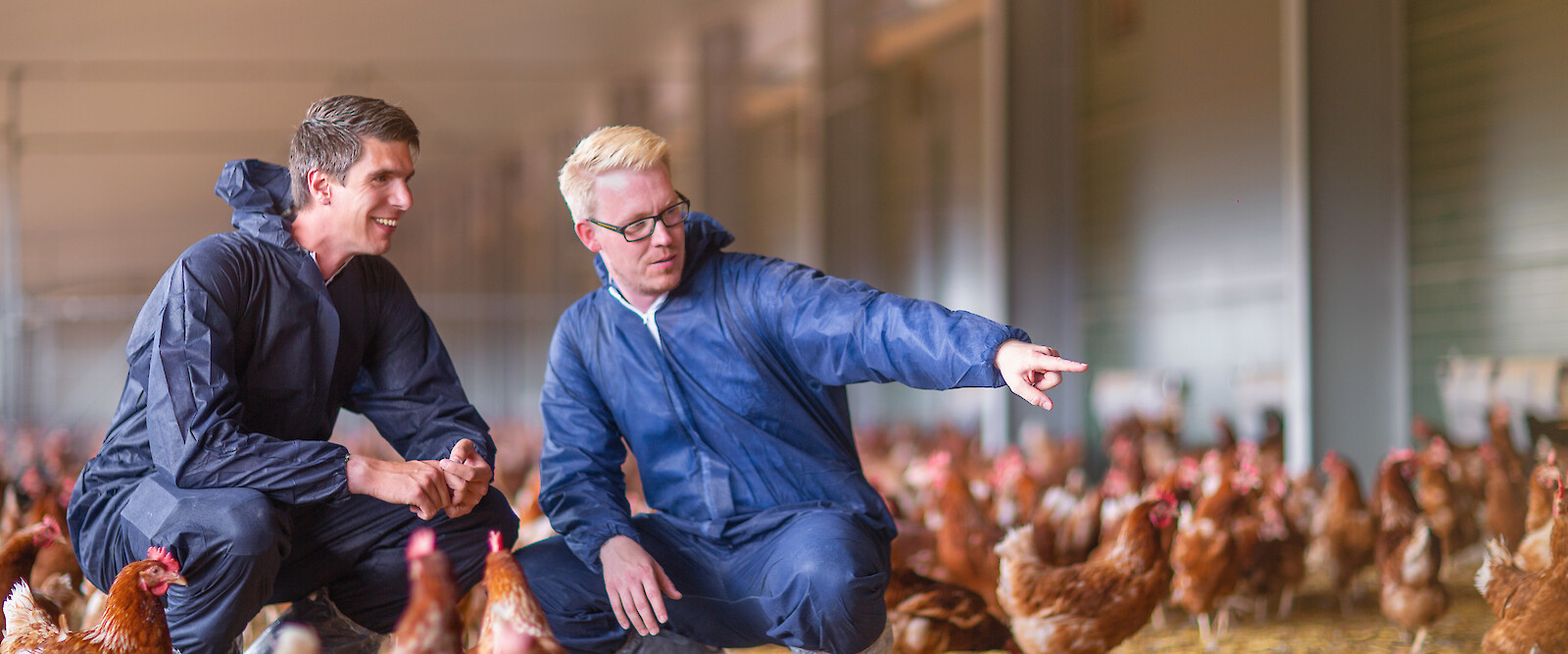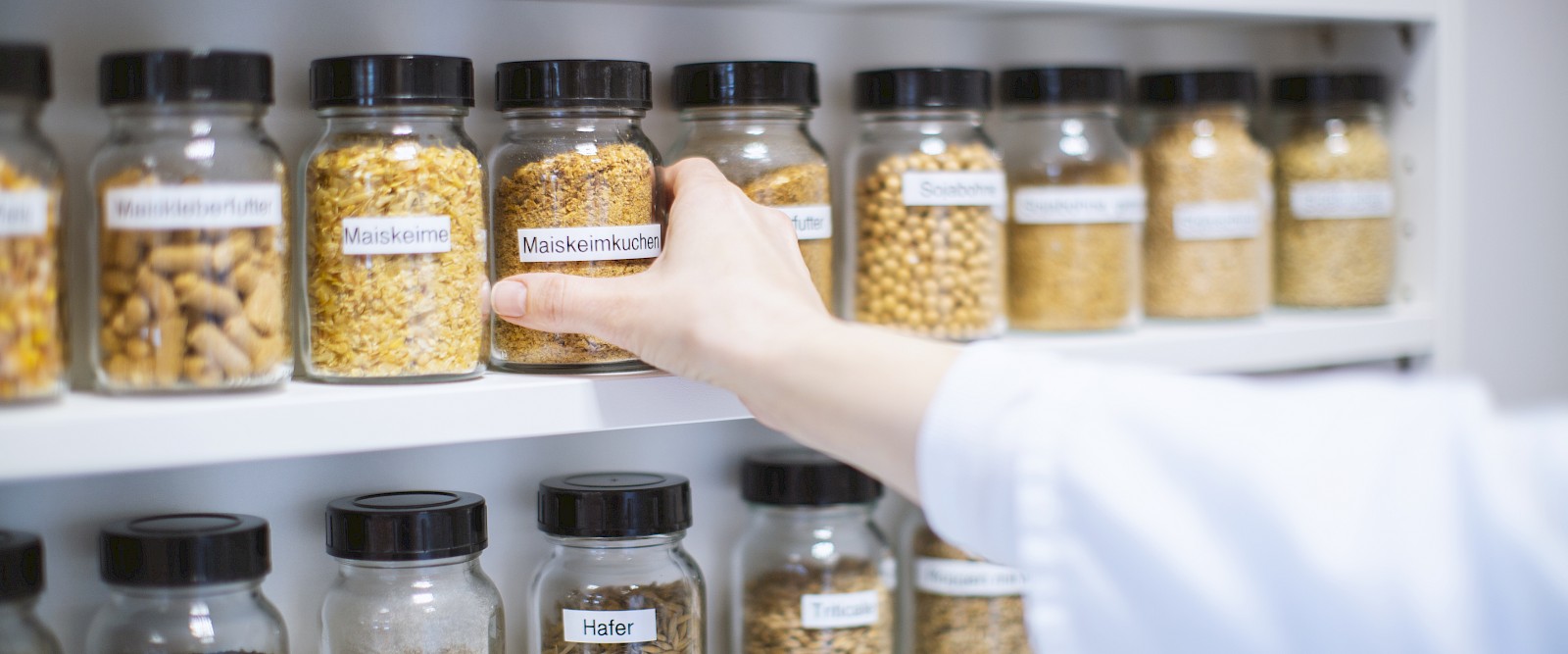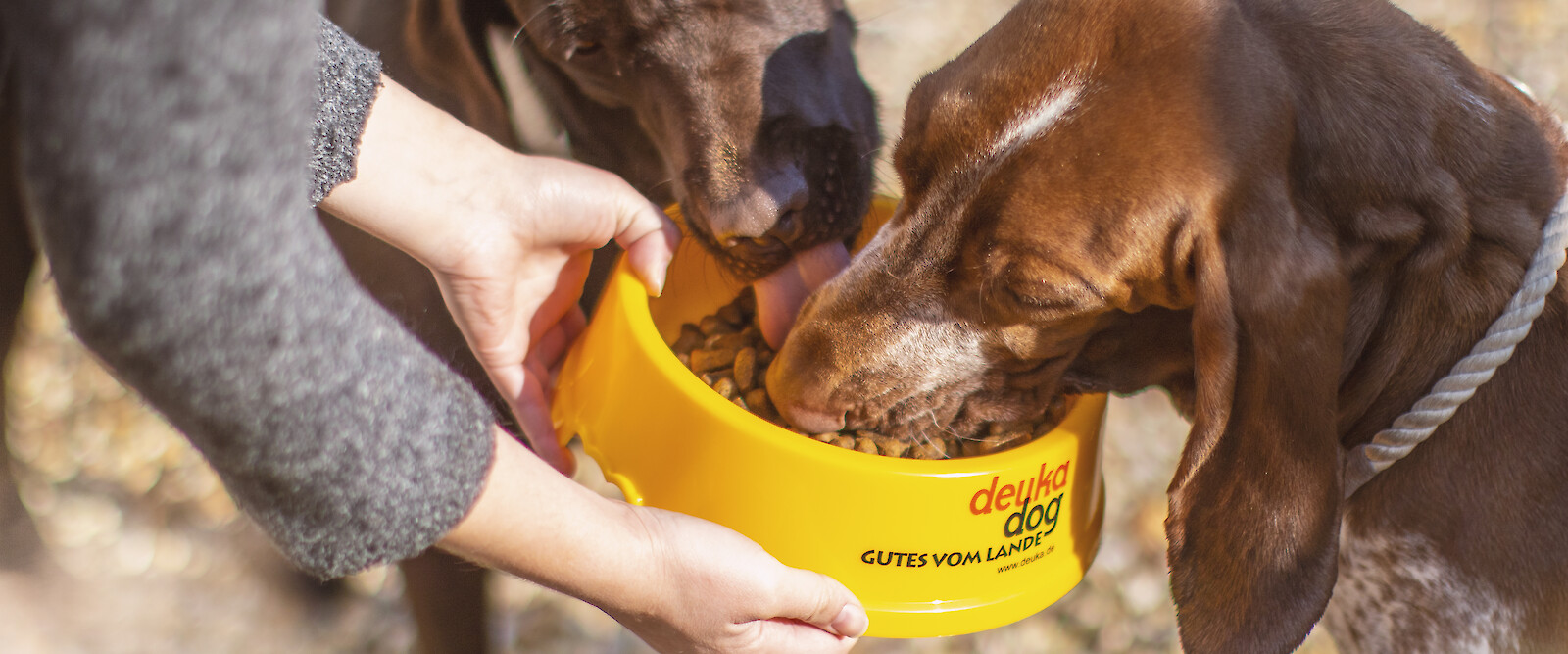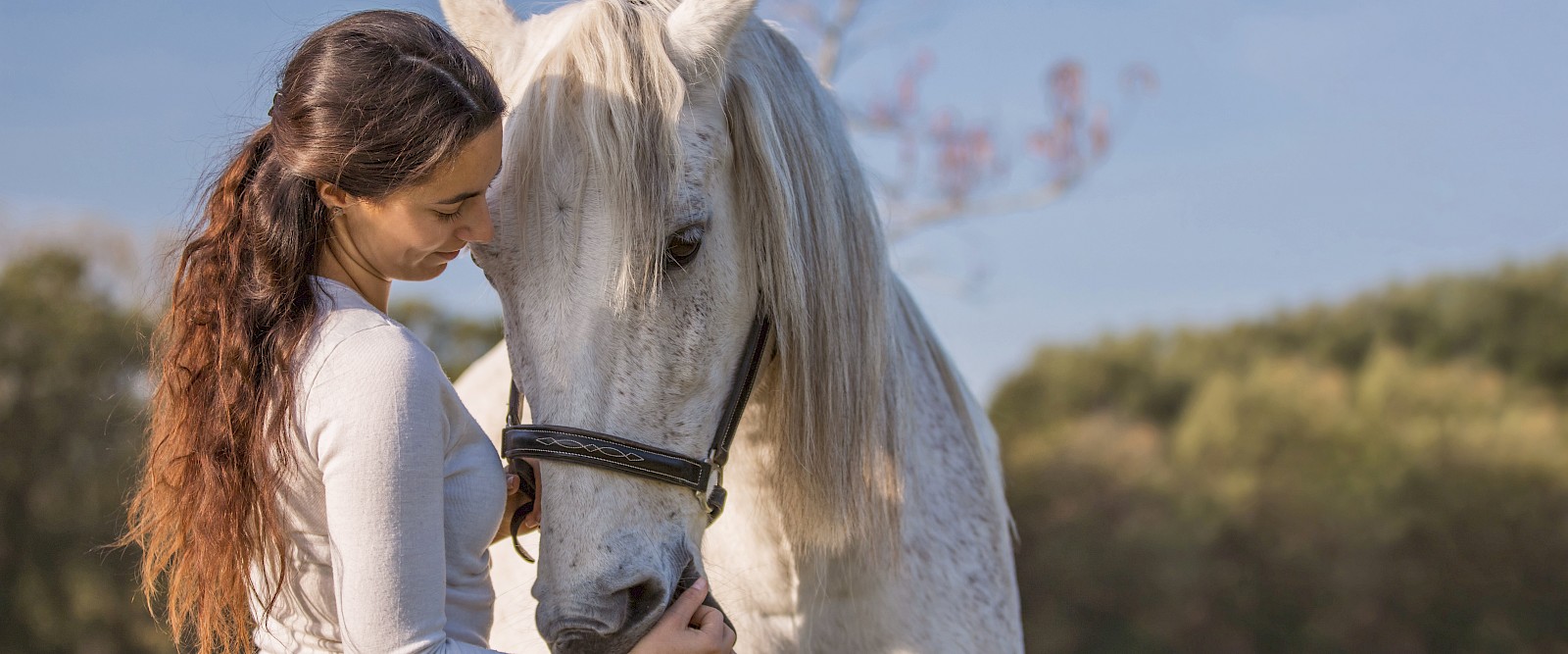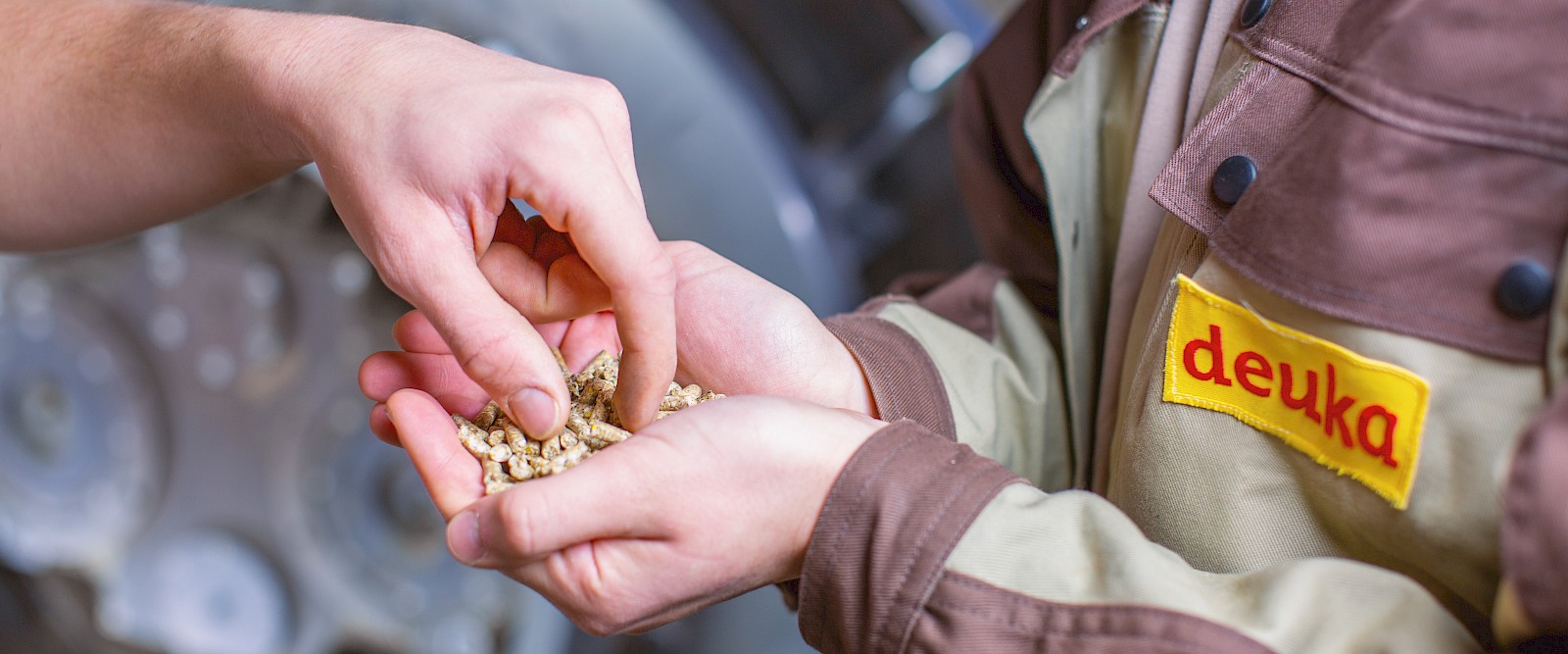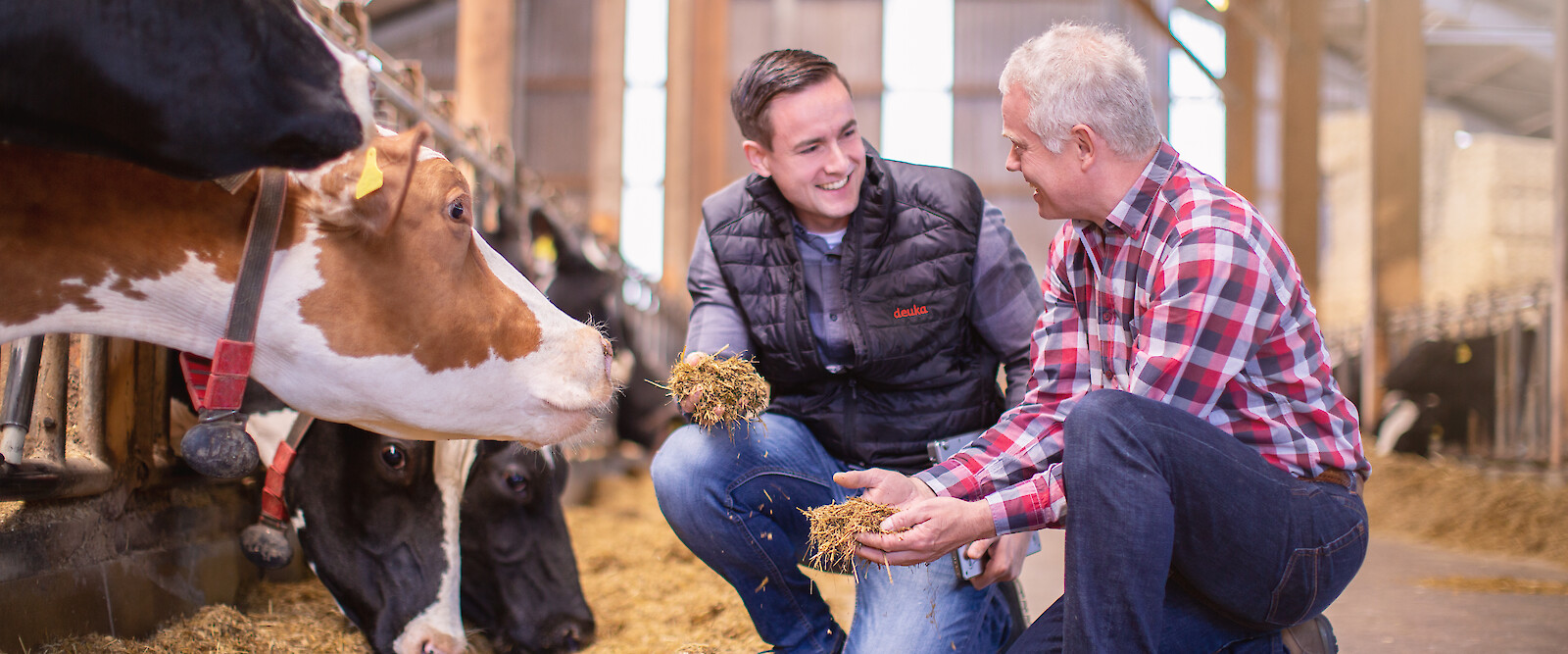Raw material and nutrient lexicon
Weitere Einträge
- Calcium carbonate
- Calcium formate
- Carnitine
- Choline
- Citrus pulp
- Cobalt
- Mussel shells
- Copper
- Corn flakes
- Maize germ
- Corn gluten
- Corn gluten feed
- Maize pregelatinised starch
- Maize starch
Copper
Copper, in combination with iron, is involved in blood formation (red blood cells and haemoglobin). Furthermore, it is found as a component of ferments. Copper also plays a role in pigment formation, the formation of the skeleton, the growth of hair and wool and in reproduction. Copper interacts closely with various elements and compounds in the metabolism, including calcium, zinc, molybdenum and sulphates. These substances decide on the storage or reduction of the depot of copper. Sheep are particularly sensitive to a copper intake that exceeds their needs. Therefore, special attention must be paid to the copper content of the basic feed. For this reason, compound feeds for sheep do not contain any mineral copper additives. Long-term copper deficiency can lead to a decrease in appetite, weight loss, fertility disorders, anaemia, bone formation disorders, nervous system disorders and sometimes severe diarrhoea. Beets, cereals and dairy products contain little copper. Most green fodder, including hay and silage, has a medium copper content. Brewer's yeast and malt culms (by-products from beer production) and oil meals (e.g. rapeseed meal, soy meal, sunflower meal) contain higher amounts of copper in comparison. The supplementation of the feed with copper, which is necessary depending on the animal species, is carried out via mineral compounds such as sulphates, oxides or also carbonate. The Feed Act and the associated Feed Ordinance prescribe maximum levels for copper in the feed, depending on the type of animal, which must be strictly observed.
